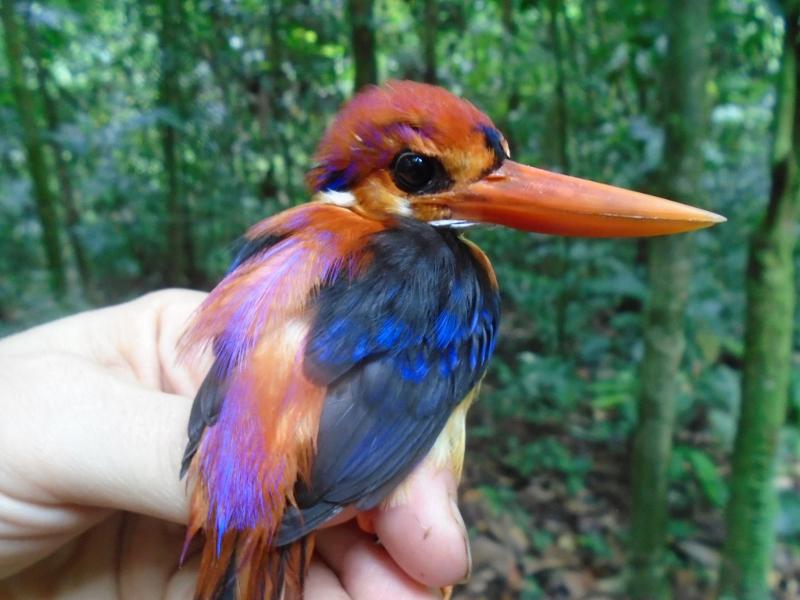Cindy Cosset
Other projects
27 Jun 2018
Restoration Experiment Demonstrating the Impacts of Climber-Cutting on Biodiversity and Habitat Recovery in Logged Tropical Forests
This project aims to determine the effects of selective logging on avian population parameters over time and movement ability.

Selective logging is the most widespread human activity in the tropics and it is economically important for developing countries. The tropical forests of Southeast Asia are a biodiversity hotspot, where 400 million hectares of tropical forest are presently designated for selective logging. Selectively logged forests can retain high biodiversity, despite losses of forest interior species but this ability to retain species over a long period of time is still unknown. It has also been proposed that logged forests are a low cost option for designating protected areas. A pressing question is thus whether conserving logged forests should constitute a significant component of tropical conservation.
There is also a paucity of information on the mechanistic aspects of biodiversity responses to selective logging such as movement. Movement is important for species to meet their needs for survival. Microclimate-sensitive species may have restricted movements if they are unwilling to cross areas with large gaps in the canopy of logged forests.
We will examine the ability of logged forests to retain biodiversity over time, and determine whether differences between logged and unlogged forest impact bird movement (non-migratory). We will use mist-nets to sample understory bird communities in logged and primary forest.
Quantifying the changes in the responses of bird communities in logged forests over time will determine the ability for these logged forests to sustain biodiversity as these forests regenerate. These results will thus inform us on the potential value of regenerating logged forests for biodiversity conservation. If the results from this project show that logged forests sustain a substantial amount of biodiversity or allow biodiversity to recover from logging over time, it will promote the consideration of protecting logged forests for biodiversity conservation as the next best alternative to protecting primary forests. Protecting logged forests can be used to expand or connect existing protected areas and they are cheaper to protect since the opportunity costs to protect these forests would be lower compared to that of primary forests. Conservation action (logged forest protection) taken in response to this work will be beneficial to all native forest species.